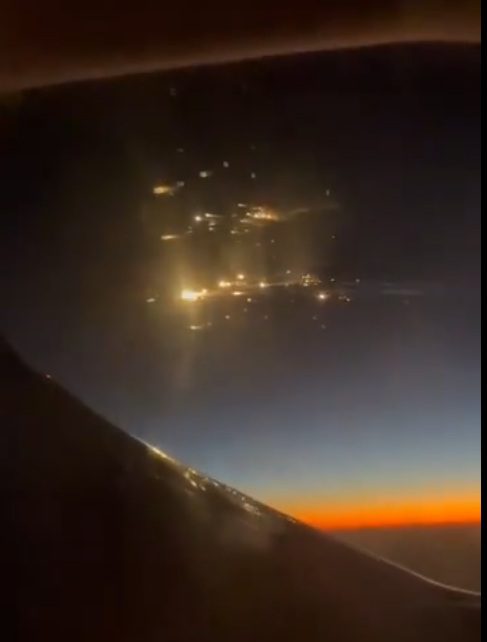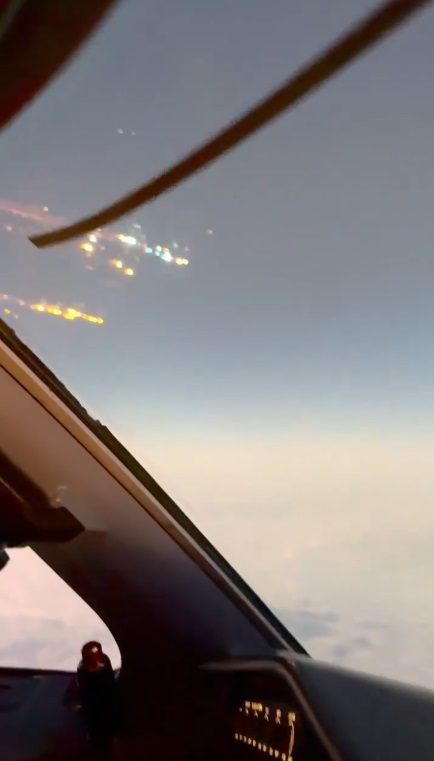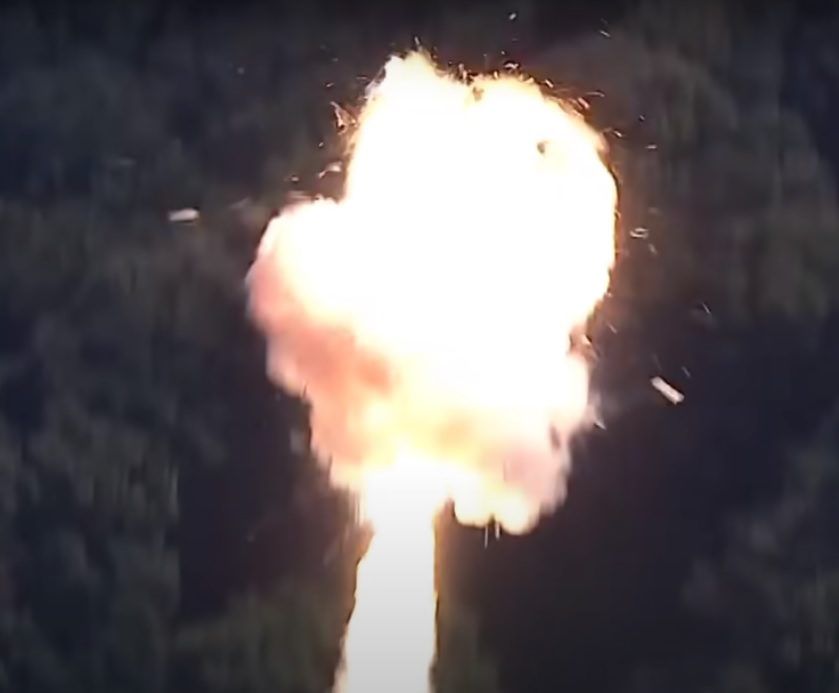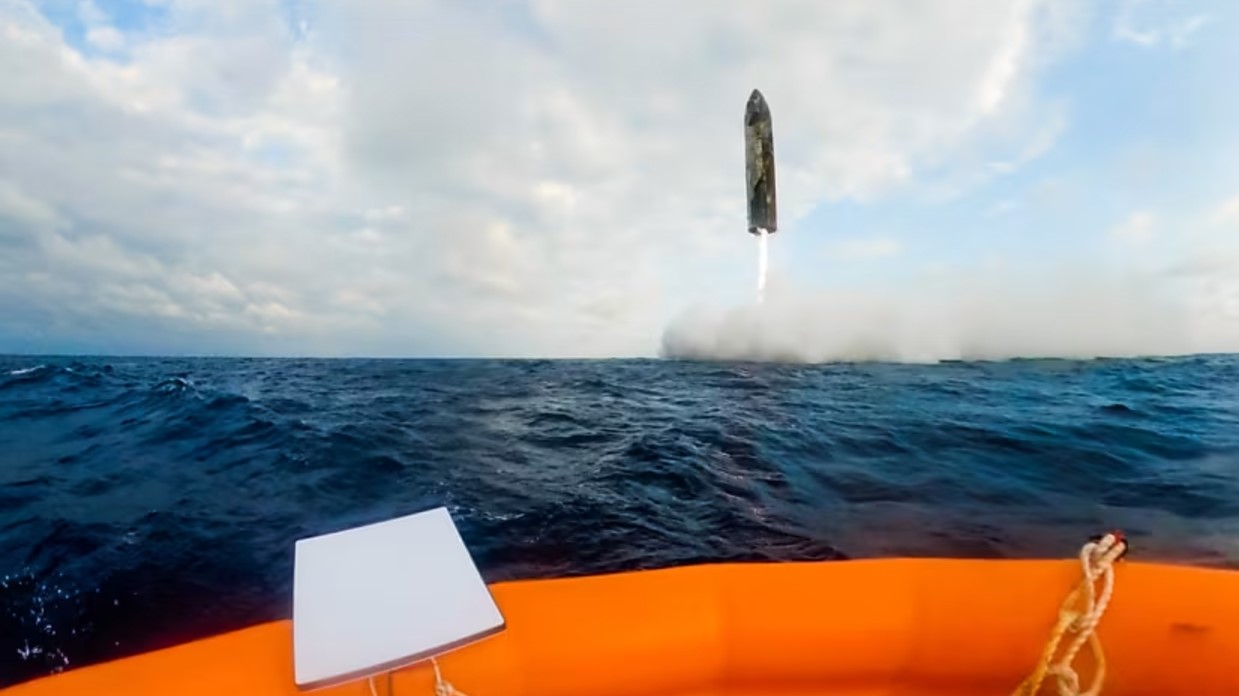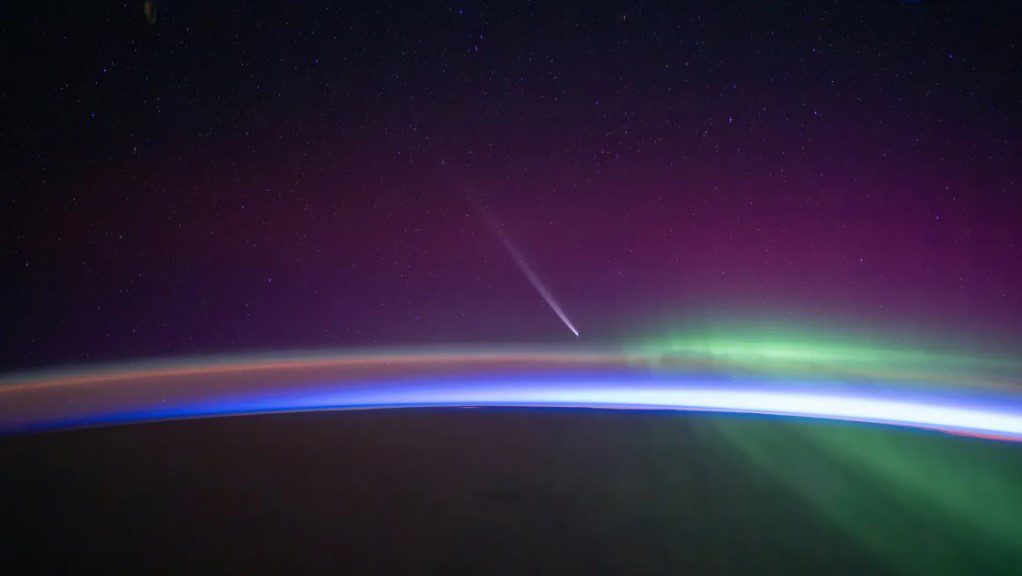Virgin Galactic announced at the beginning of July that its founder Richard Branson will be a passenger on the next flight of its SpaceShipTwo suborbital tourism vehicle, VSS Unity. Designated ‘Unity 22’, the mission is due to launch on 11 July from its base at Spaceport America, New Mexico.
If everything goes to plan, Branson will beat rival space tourism entrepreneur Jeff Bezos into space by nine days in what is becoming a battle of the billionaires for ‘space bragging rights’.
Branson had previously announced that he and some of his family would be among the first to fly once SpaceShipTwo had completed its development, with a flight expected later this year. However, once Blue Origin founder Bezos announced, on 7 June, that he and his brother Mark would fly on the first crewed mission of the New Shepard on 20 July, it seems that Branson felt moved to compete.
However, instead of making the 11 July flight a family outing, Branson will be accompanied by three Virgin Galactic employees: chief astronaut instructor Beth Moses, lead operations engineer Colin Bennett and vice president of government affairs and research operations Sirisha Bandla. Pilots for the flight will be Dave Mackay and Michael Masucci, both of whom have flown SpaceShipTwo on its test-flight programme.
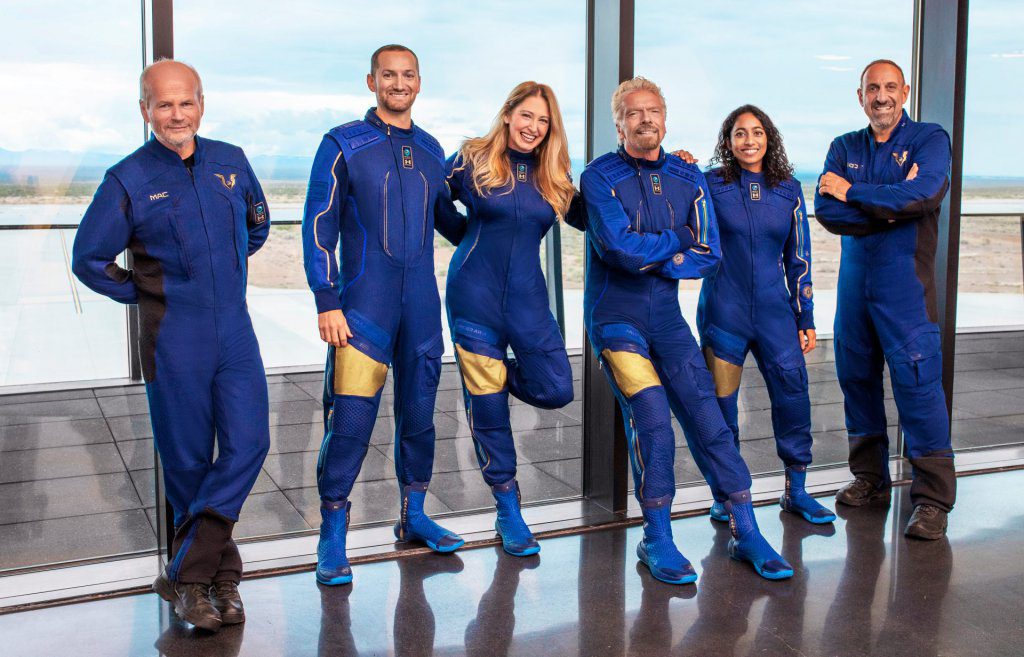
The crew of “Unity 22”. L-R; Dave Mackay, Colin Bennett, Beth Moses, Richard Branson, Sirisha Bandla, Michael Masucci. Courtesy of Virgin Galactic
Both Virgin and Blue have maintained a strict control of their publicity announcements over the weeks and months preceding their respective crewed flights, leaving observers waiting and speculating. This changed on 5 May when Blue Origin revealed that the first crewed flight of its New Shepard would occur on 20 July, the 52nd anniversary of the Apollo 11 landing on the Moon. It also revealed that one of the passengers would be the winner of an auction, which concluded on 12 June with a winning bid of US$28 million – read here. Then, on 1 July, the company announced that it would also fly the 82-year-old budding astronaut Wally Funk on the same mission (Funk is best known as one of the so-called ‘Mercury-13’, a group of women in the privately-funded Woman in Space programme of the 1960s).
This rising arc of publicity was clearly too much for the Virgin entrepreneur, who has shown a clear proclivity for the limelight over his long career. Virgin’s announcement confirmed that the flight would use Branson’s experience in promoting the interests of Virgin Group companies “to enhance the journey for all future astronaut customers”. Branson said that he was “honoured to help validate the journey our future astronauts will undertake and ensure we deliver the unique customer experience people expect from Virgin”. Further stoking the fires of media speculation, Branson added that, after the flight, he would “announce something very exciting to give more people a chance to become astronauts”.
The one thing that has been quietly ignored in all the hoopla is the definition of ‘space’. The generally agreed boundary to the space environment is marked by the Karman Line at a height of 100 km. Although Blue Origin is very clear that it subscribes to this definition (it even has a website graphic that shows New Shepard’s apogee above the Karman Line), Virgin Galactic’s website is less clear. It states that at “Nearly 300,000 feet above Earth, the cabin becomes your playground to unbuckle and experience weightlessness”. The figure of 300,000 feet equates to about 91 km, but it is not clear whether this marks the beginning of the journey in space or the maximum target altitude. Unfortunately, the US military defines the boundary as beginning at an altitude of 50 miles (about 80.5km) and this may be the target Virgin is aiming at.
The forthcoming argument over space bragging rights is sadly only too predictable. More broadly, the claims of the respective missions could open up that can of worms marked ‘where does space begin?’.



